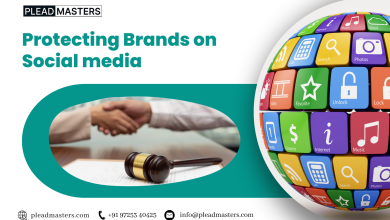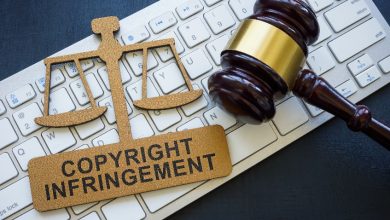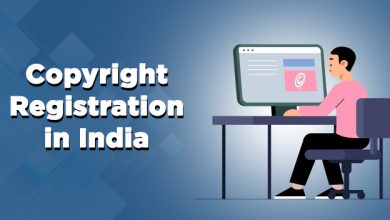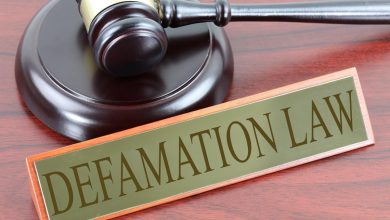Digital Millenium Copyright Act: What You Need To Know To Protect Your Online ContentDigital Millenium Copyright Act: What You Need To Know To Protect Your Online ContentDigital Millenium Copyright Act: What You Need To Know To Protect Your Online Content
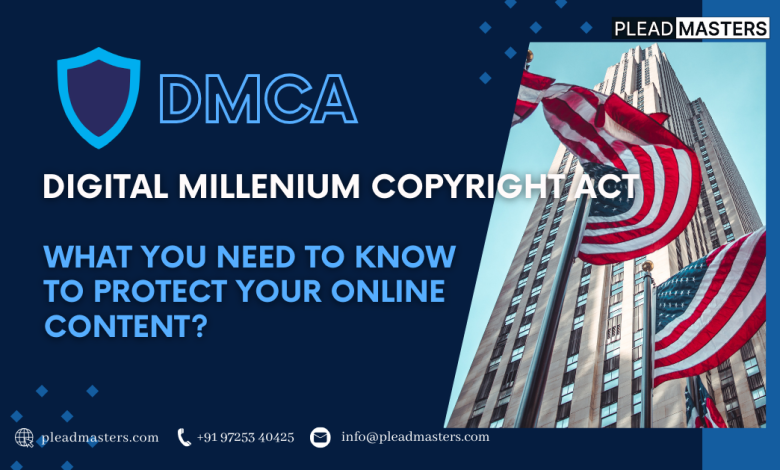
Is your copyrighted work infringed by some website? Or did you see your digital image on a website without your consent? Then the Digital Millenium Copyright Act (“DMCA”) is your savior.
DMCA is a part or sub-set of the U.S. copyright law that particularly deals with the takedown, removal, and putback of content that is copyrighted and displayed on the internet. With the advancement of technology, copyright infringement cases are rising day by day, and it has become important to provide solutions to such problems.
Hence, this Act was passed by Congress in 1998 to protect copyright owners in case their content or material is posted on the internet without their consent or knowledge. It provides a method for the removal of content that does not require the copyright owner to directly sue the sites that use the owner’s content without permission and also creates protection for service providers such as web hosts and Internet Service Providers (ISPs), as they are not directly responsible for the copyright infringement.
Purpose of the Act
The purpose is to provide an alternative route for the copyright owner to ensure control over their content and materials. It provides a resolution that concentrates on the speedy takedown of copyrighted resources.
What does the DMCA do?
The DMCA not only provides remedies against the posting of copyrighted content online without the permission of the copyright owner but also criminalizes such acts. It criminalizes the acts of producing and disseminating devices, technologies, or services that elude the owner’s control as provided by the copyright law. Therefore, if a website publishes or uses copyrighted content without the permission of the owner, then such an act is offensive in nature and shall face either civil or criminal consequences.
For example, if a website, say WordPress, uses an image of a person without their consent, that person can send a takedown notice under DMCA for the taking down of such images. If the website is small, then the owner can directly contact them; if it is not small, then the process of sending the notice must be followed.
Who gets protection under Digital Millenium Copyright Act:
- Copyright owners
- Service providers, such as ISPs, search engines, web hosts, and sites that are newly launched, are not responsible for posting copyrighted content.
- Service providers who are engaged in the activities of transiting information through the system, caching unmodified data temporarily, or storing content.
How does DMCA works?
The DMCA works in two aspects:
- Notice and takedown
- Counter Notice and Putback
1: Notice and Takedown: The notice and takedown procedure is a tool for the owners of copyright to help them take down their infringed content from websites and other internet sites.
How to send the notice:
- The copyright owner shall send a Digital Millenium Copyright Act(DMCA) notice to the service provider for removing the content that infringes on the owner’s copyright or copyrights.
- The service providers can be an internet service provider, a website operator, a search engine (example: Google or Yahoo), a web host (example: GoDaddy), or any other kind of website operator.
- All the essential elements must be present in the notice as specified by the copyright law, and if the essential elements are not present, then the service provider may refuse to remove or take down the content. Even if the notice of takedown meets all the legal requirements,.
- If the service providers fail to comply with the takedown notice, then they shall face secondary liability for assisting with respect to the copyright infringement.
- If the copyright owner has not registered their copyright with the US Copyright Office, they can also use the Digital Millenium Copyright Act(DMCA) procedure. However, it must not be used for any other purposes apart from the claim of copyright infringement.
2: Counter notice and putback: After the notice is sent to a service provider, the service provider notifies the user, subscriber, or any other person who is infringing the copyright.
If the alleged infringer thinks that they did so in good faith or does not think that their activity infringed on the owner’s copyright, then such an infringer can send a counter notice to the service provider. The alleged infringer must explain their reasons as to why they do not agree with the copyright owner.
When the service provider receives the counter notice, they forward it to the person who originally sent the takedown notice, and they have to wait 10–14 days after receiving a valid Digital Millenium Copyright Act(DMCA) counter notice.
Within this time limit, if the copyright owner sues the alleged infringer, then the content shall remain down. However, if no such suit is filed by the owner, then the service provider should reactivate or provide access to the alleged infringed content.
Penalties/Remedies under DMCA
The consequences of offenses under the DMCA include both civil and criminal remedies.
Civil offence
The civil action has to be brought in federal court, and Section 1203 empowers the court to grant a range of equitable and monetary remedies that are the same as those available under the US Copyright Act; this also includes statutory damages. It is the discretion of the court to reduce or remit the damages in innocent violation cases when it is proved by the violator.
Section 1203(c)(5)(B) of the Act provides special protection to educational institutions, non-profit libraries, and archives, which are entitled to a complete remission of damages in the circumstances.
Criminal offence
Under Section 1201 or 1202, if an offense is committed wilfully and for the objective of commercial advantage or any personal financial gain, then such an offense is said to be criminal and violative of the above-mentioned sections.
Section 1204 of the Act states the penalties. According to it, a fine up to $500,000 or imprisonment that may extend to 5 years shall be imposed in the case of the first offense. Thereafter, a fine up to $1,000,000 or imprisonment up to 10 years shall be imposed for subsequent offenses.
Exceptions: non-profit libraries, archives, and educational institutions. These are completely exempt.
Is DMCA only for the US?
DMCA is a segment of the US copyright law; however, the takedown process of DMCA as described within the law is used widely across the globe. Many countries have accepted the standard DMCA Takedown Notice form and procedure.
Although Digital Millenium Copyright Act(DMCA) Takedown is also a segment of US copyright law, The Takedown Notice of DMCA has time and again been used and accepted across the globe, not just exclusively in the United States. Many countries have their own laws for copyright that specifically deal with the removal of content from Internet service providers (ISPs) and website owners within their borders.
DMCA and WIPO
DMCA’s first section administers the World Intellectual Property Organization’s (WIPO) treaties. At first, it amends the U.S. copyright laws by incorporating the WIPO treaties, which are international laws.
Secondly, the Act made it illegal to bypass any technology that is meant to protect copyrighted content, and it also added civil remedies and criminal penalties for violations of the provisions.
DMCA and ISP
Under the copyright law, the Internet Service Provider (ISP) is not directly or indirectly liable for the copyright infringement that occurred through the use of their services. It includes emails, forums, and platforms for user-generated content. The reason is that, as the internet contains millions of gigabytes of data, it is impossible for service providers.
They just monitor the content submitted by the users. However, if the ISPs choose not to remove the infringed content after receiving the notice, or if found to contribute to such infringement, they shall be subjected to civil or criminal proceedings.
DMCA AND Indian laws
This Act is a segment of US copyright laws. Therefore, its applicability is limited to the websites that are hosted in the US. Every site in the US is bound to obey the law, and even if a copyright owner is outside the US, a notice under DMCA can still be issued to them. Indian law also recognizes the concept of Digital Millenium Copyright Act(DMCA) under Section 52 of the Copyright Act, 1957.
Section 52(1)(c) of the Copyright Act, 1957, gives permission for the issuing of the takedown notice to file-sharing websites for removing the infringed content. Along with the Act, the Copyright Rules of 2013 additionally lay down the receipt of written complaints. It states that the person who is responsible for the storage of the infringing copy of the content will be required to remove it within a time period of 36 hours.
The Digital Millenium Copyright Act provides protection from unauthorized posting of online content that is copyrighted by its owners.
Therefore, if the website wants protection from the penalties imposed by this Act, it must comply with the provisions and refrain from engaging in copyrighted content, which can lead to copyright infringement.
